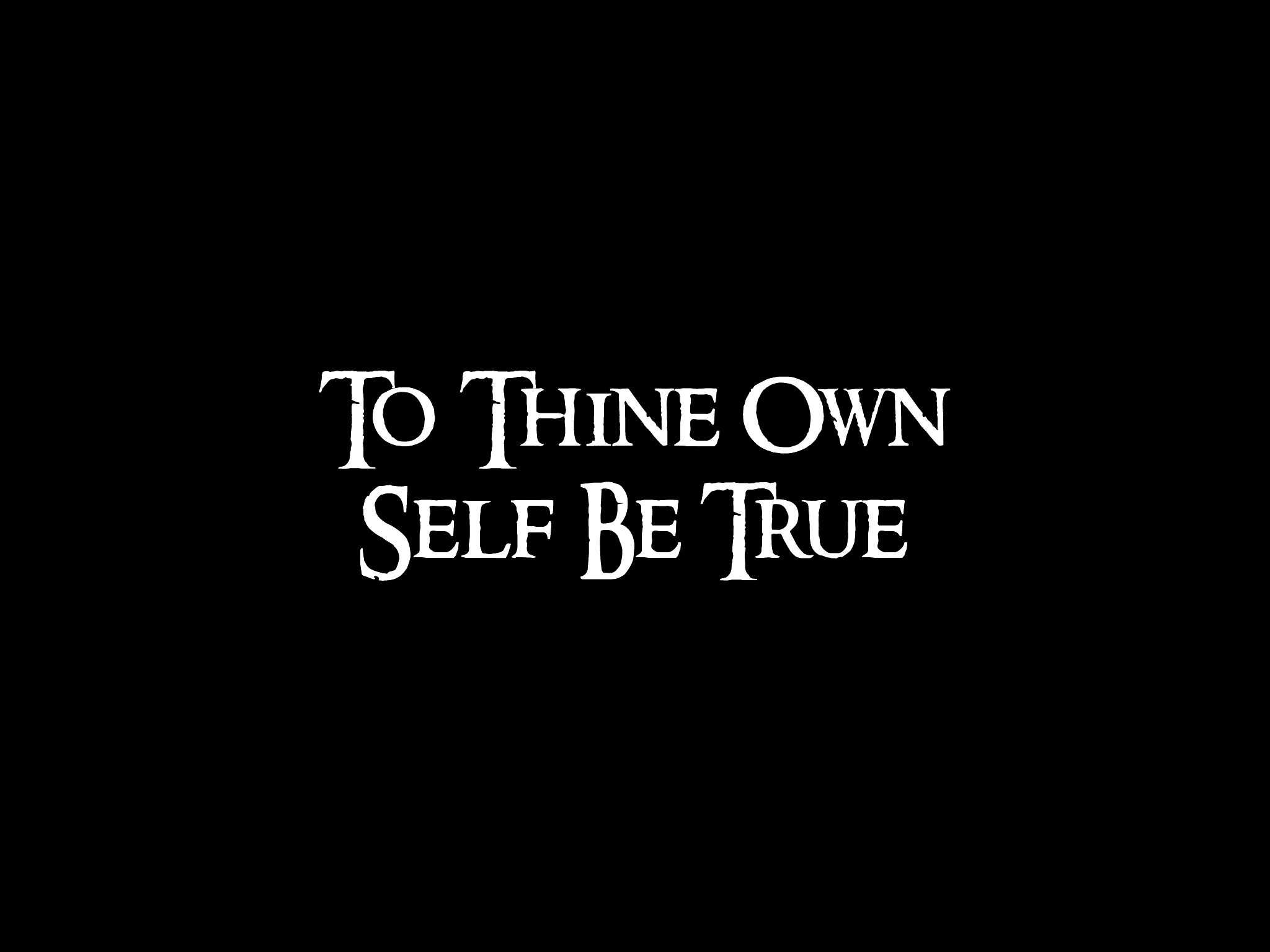 If you are like most leaders I have worked with your understanding of executive coaching is pretty basic. You are not quite sure what coaching is and sometimes you are not quite clear on what you want to achieve by engaging an executive coach. Some of the most common reasons that I experience in individuals looking for a coach is that they are trying to overcome some personal or professional challenges (e.g., it's lonely at the top, barriers to professional advancement) or their organization is supporting coaching for their leaders.
If you are like most leaders I have worked with your understanding of executive coaching is pretty basic. You are not quite sure what coaching is and sometimes you are not quite clear on what you want to achieve by engaging an executive coach. Some of the most common reasons that I experience in individuals looking for a coach is that they are trying to overcome some personal or professional challenges (e.g., it's lonely at the top, barriers to professional advancement) or their organization is supporting coaching for their leaders.Regardless of motivation or understanding, the next crucial step is trying to figure out how to select an executive coach that is right for you. In my opinion, this is an effort that requires as much time, thought and process as we put into hiring any staff member, contractor, architect, or other professional resource. I say that with a thought that all such other processes in your organization are approached with due vigor and diligence. In many respects, there should be even more effort and structure to selecting an executive coach as what's at stake is your leadership effectiveness. And in my opinion without effective leadership all other resources in an organization are vastly underutilized or even squandered.
So how can you maximize the opportunity available to you by getting access to and support of an executive coach? How can you ensure that you choose the right coach for you? Here are my top factors and processes - not necessarily listed in order of importance - in making your best executive coach selection decision:
Number One: get access to some form of bio or resume for a variety of coaches. Get a sense of who they are and their track record. Approach this just as you would any other recruitment process. You are hoping to have a number of options to select from and to do that you need more than a few examples to choose from. Your decision may even be informed by the multitude of samples and approaches you see coaches taking in responding to your requirements.
 Number Two: just like in any other recruiting process, try to gain some clarity for yourself in what you want an executive coach to do with and for you. By way of analogy, it's a pretty tall and incongruous order to go looking for a Chief Financial Officer or IT Director if you have no idea what tasks you want them to focus on or what education and skills you need them to have. The same holds true when selecting your executive coach.
Number Two: just like in any other recruiting process, try to gain some clarity for yourself in what you want an executive coach to do with and for you. By way of analogy, it's a pretty tall and incongruous order to go looking for a Chief Financial Officer or IT Director if you have no idea what tasks you want them to focus on or what education and skills you need them to have. The same holds true when selecting your executive coach.Number Three: following from above, make sure that the executive coaches that present themselves for your consideration are in fact qualified - by education and experience - to provide the requisite level of service that you are looking for. I'll demonstrate my bias here in that I believe that qualified coaches are graduates of a program that establishes them as Certified Executive Coaches (CEC), are active members of the International Coach Federation, and tangibly demonstrate a commitment to advancing their coaching acumen. They are well-trained and have an excellent track record.
Number Four: get references from their current or past coaching clients. If they have been able to have positive impact on others it's quite likely that these other clients will be more than willing to speak about their experience with you. If the coach in question is on LinkedIn, look for endorsements and testimonials from their clients.
Number Five: take the time to interview at least two to three prospective coaches. Ask them your key questions. Ask them to describe in detail their coaching process. Ask them to describe in detail their successes and their failures (e.g., toughest assignment, learnings, whether they have been fired from a coaching engagement). Ask them how they stay current in their coaching practice. This is a critical selection decision for you - take the time to get this decision right! Make this a true and effective interview. Don't speed-date your way to a decision.
While selecting your executive coach is a very personal decision one tactic that I have seen work well is some form of panel interview or input. I remember one client in particular who involved a number of his direct reports in the selection process. We do this in any other number of recruiting and selection processes so why not with an executive coach?
Number Six: be wary of coaches who over-promise or offer to solve your problems. While you are definitely looking for confident and competent coaches with a track record of helping clients to identify, clarify and address your challenges, be clear for yourself that it is YOU who sets the agenda for the engagement, you are the one true agent of change, and you have the power and expertise to set your future direction. In my opinion, if you are feeling that you are getting the hard sell than it's time to walk away from that engagement.
Number Seven: consider this an investment in your personal and professional leadership. What is that worth to you? What is it worth to your organization? It may appear more than a bit self-serving on my part, but be wary of coaches who offer bargain-basement coaching rates. While price is never a guarantee of quality (see other points in this list) it should give you pause to consider what you might be signing up for. There may be a reason you can get coaching for less than the going rate.
This is a critical decision for your leadership. You want the best resource available to you. Don't settle. Your executive coach can be one of your best resources in advancing your personal leadership so put in the time and effort into the selection process. After all, it's about YOUR leadership.
______________________________
 Greg Hadubiak, MHSA, FACHE, CEC, PCC
Greg Hadubiak, MHSA, FACHE, CEC, PCCTEC Canada Chair/Executive Coach/Senior Consultant
hadubiak@wmc.ca
Helping leaders realize their strengths and enabling organizations to achieve their potential through the application of my leadership experience and coaching skills. I act as a point of leverage for my clients. I AM their Force Multiplier.







